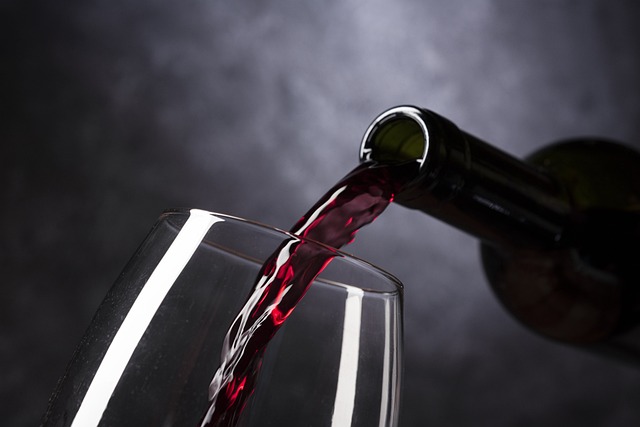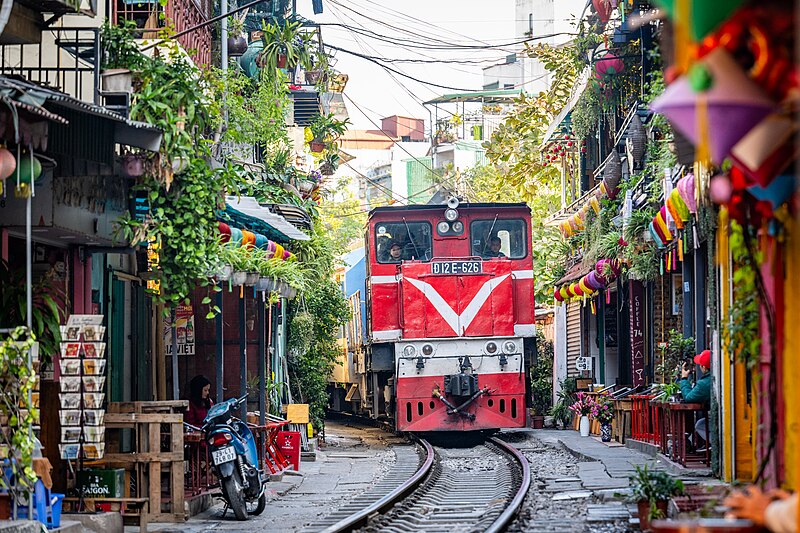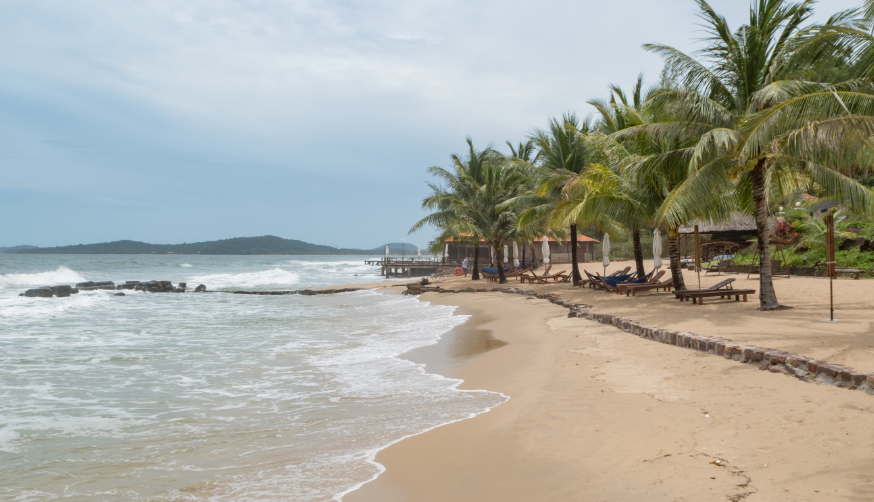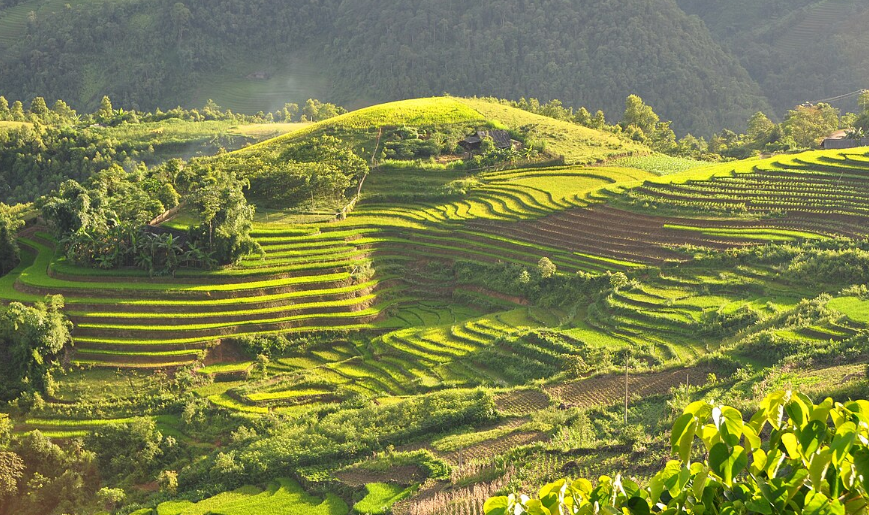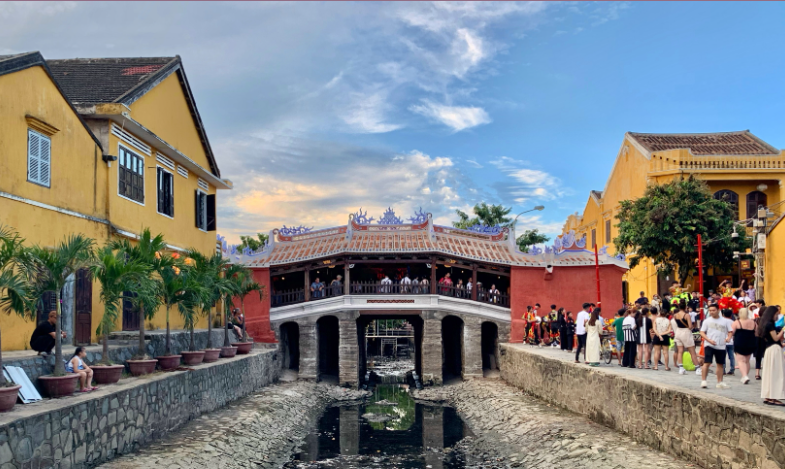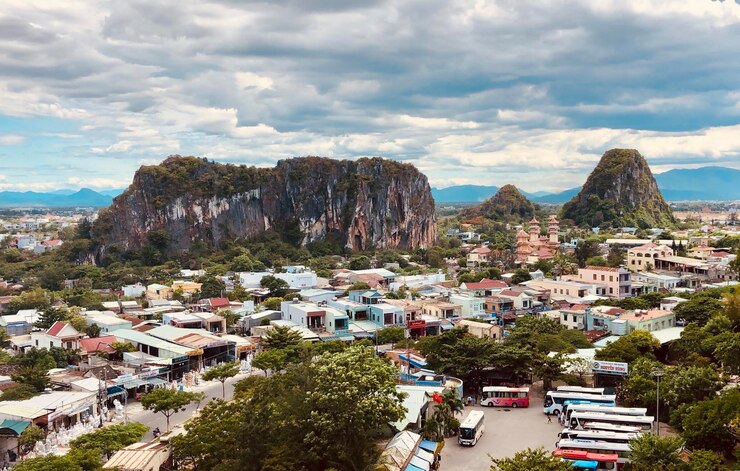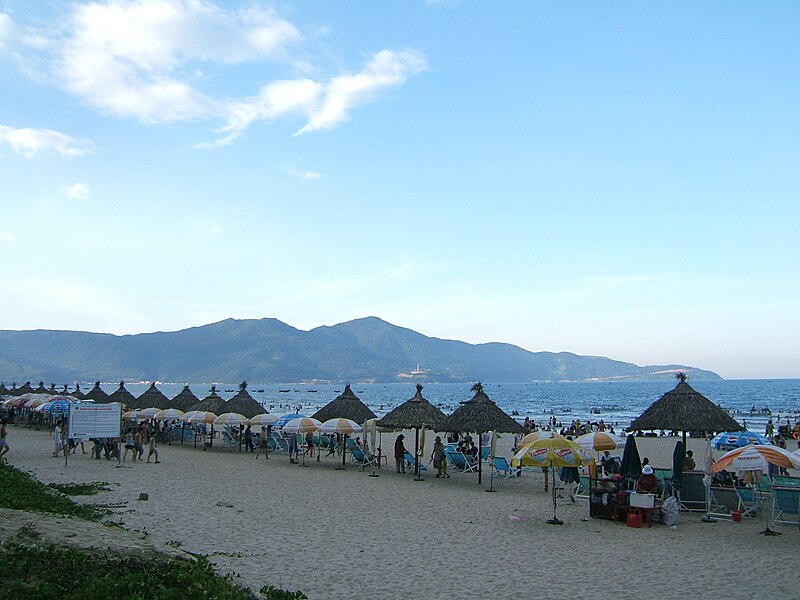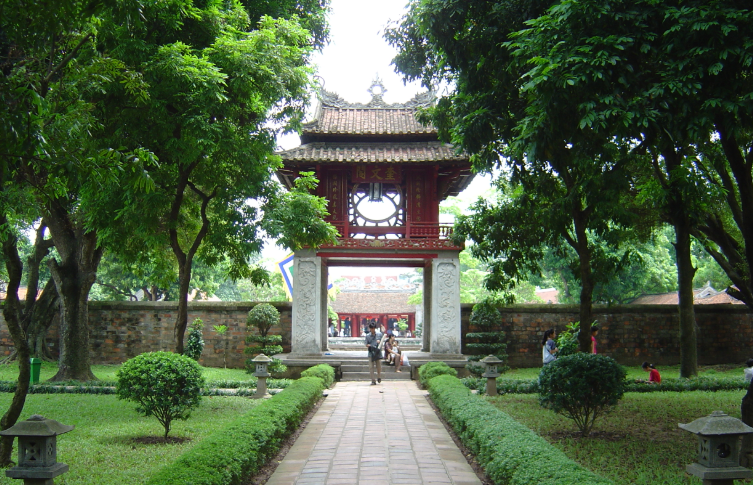Why to visit Brewing Traditional Vietnamese Rice Wine
Sapa is famous for its foggy mountains, rich ethnic culture, and traditional rice wine brewing. Most commonly known as "rượu gạo," this concentrated homemade liquor is virtually inseparable from Vietnamese festivals and livelihood.
Workshops in brewing rice wine start with fermenting the rice until the final products are distilled and ready. Most of these rice wine brewing workshops are organized in ethnic minority-inhabited family households, so one will experience added culture here.
What to Expect in a Rice Wine Brewing Workshop
- Preparation of Rice: Learn how sticky rice is prepared by cooking and cooling prior to fermentation.
- Fermentation Process: Learn how yeast is mixed with rice and left in clay pots.
- Distillation: Observe the traditional steaming method of extracting the alcohol.
- Tasting Session: Sample different varieties of homemade rice wine, including herbal-infused ones.
Other Things to Do in Sapa
- Cat Cat Village Trek: Enjoy the scenery at this traditional H'Mong village.
- Fansipan Cable Car: To the highest mountain in Vietnam-just imagine the view.
- Sapa Market: Shop for handicrafts made by ethnic people and local fruits and vegetables.
Places Nearby
- Cat Cat Village: 3 km
- Fansipan Mountain: 15 km
- Lao Cai City: 38 km
Tourist Information
- Calligraphy Workshop Price: 500,000 - 1,200,000 VND (~ $20-$50 USD) per person.
- Average Duration: 2 to 3 hours.
Distance
From Hanoi: 320 km (~6-hour train + 1-hour drive).



